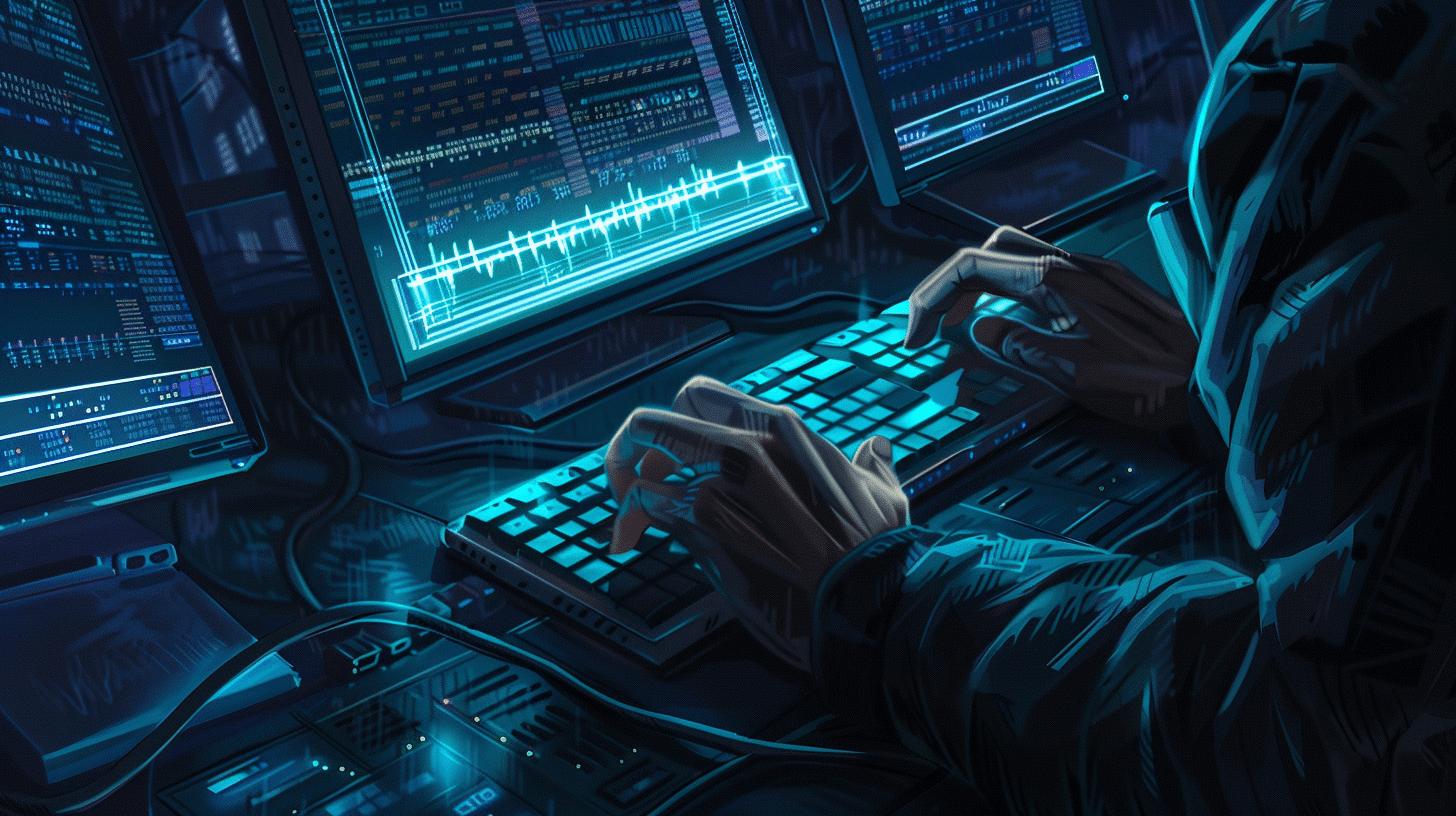In a digital age where security is paramount, ensuring your Debian server is up-to-date is more than just routine maintenance—it’s a necessity. Mastering the Debian update process and transitioning to Debian 11 bullseye now can safeguard your systems against vulnerabilities. Dive into this guide where simple commands and strategic upgrades become your stronghold against cyber threats.
Essential Steps for Updating Debian Securely
Updating your Debian system is a crucial step in maintaining both security and stability. To begin, securely log into your system via SSH. Once connected, you’ll want to use the commands sudo apt-get update to refresh your package lists, followed by sudo apt-get upgrade to initiate the actual upgrade of installed packages.
Lire également : What Are the Implications of Quantum Computing on UK National Security?
Transitioning to the latest Debian version, such as Debian 11 bullseye, involves a few additional steps. It’s important to first ensure that all packages are up to date on your current version before attempting a full version upgrade. Upgrading directly from Debian 9 (stretch) to Debian 11 (bullseye) is supported; however, earlier versions require an incremental approach.
Remember, while Debian security updates do not follow a strict schedule, they are typically released every two months. Staying informed about the latest updates is essential, and tools like ManageEngine Patch Manager Plus can automate this process, scanning and deploying necessary patches without manual intervention. Always backup your system before major updates to safeguard against any potential issues.
A découvrir également : Elevate your brand with top cairns web design expertise
Automating Debian Security Enhancements
To streamline the process of maintaining a secure Debian system, automate Debian updates using the ‘unattended-upgrades’ package. This tool automatically installs security updates, reducing the risk of vulnerabilities. You can configure ‘unattended-upgrades’ to:
- Regularly download and install updates from the Debian security repository.
- Include updates from other repositories, if necessary.
- Send email notifications upon completion or when issues arise.
Complementing automatic updates, the Debian Security Tracker offers real-time tracking of Debian security advisories. It allows users to search and monitor security issues pertinent to their Debian version. By leveraging automated patch management systems like ManageEngine Patch Manager Plus, system administrators can:
- Automate the scanning for new patches or updates.
- Schedule and deploy patches across networks with minimal manual oversight.
- Ensure that all systems are consistently safeguarded against the latest known threats.
Consistent application of these measures, as detailed at https://linuxpatch.com/help/why-patch-debian-server-security, is paramount for optimized Debian server security.
Best Practices for Ongoing Debian Security Maintenance
Regular security audits are fundamental for maintaining Debian server integrity. System administrators should periodically:
- Evaluate user permissions to ensure that only authorized personnel have access to sensitive areas.
- Review and adjust firewall configurations to limit unnecessary network exposure.
For a secure Debian installation, adhere to the following guidelines:
- Implement a minimal installation to reduce the attack surface.
- Use the latest stable Debian version with long-term support for ongoing security patches.
Leveraging security tools enhances protection:
- Configure SSL/TLS to secure data transmission.
- Employ intrusion detection systems like Snort or Fail2Ban to monitor and block suspicious activities.
Ingraining these practices into your security strategy fortifies your Debian server against evolving threats and maintains a robust defense posture.






